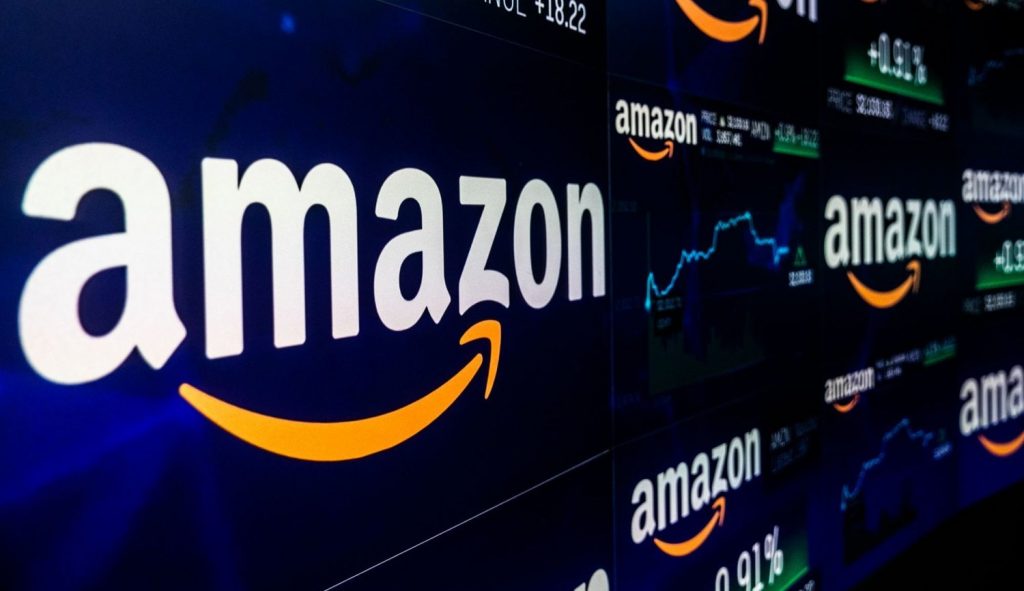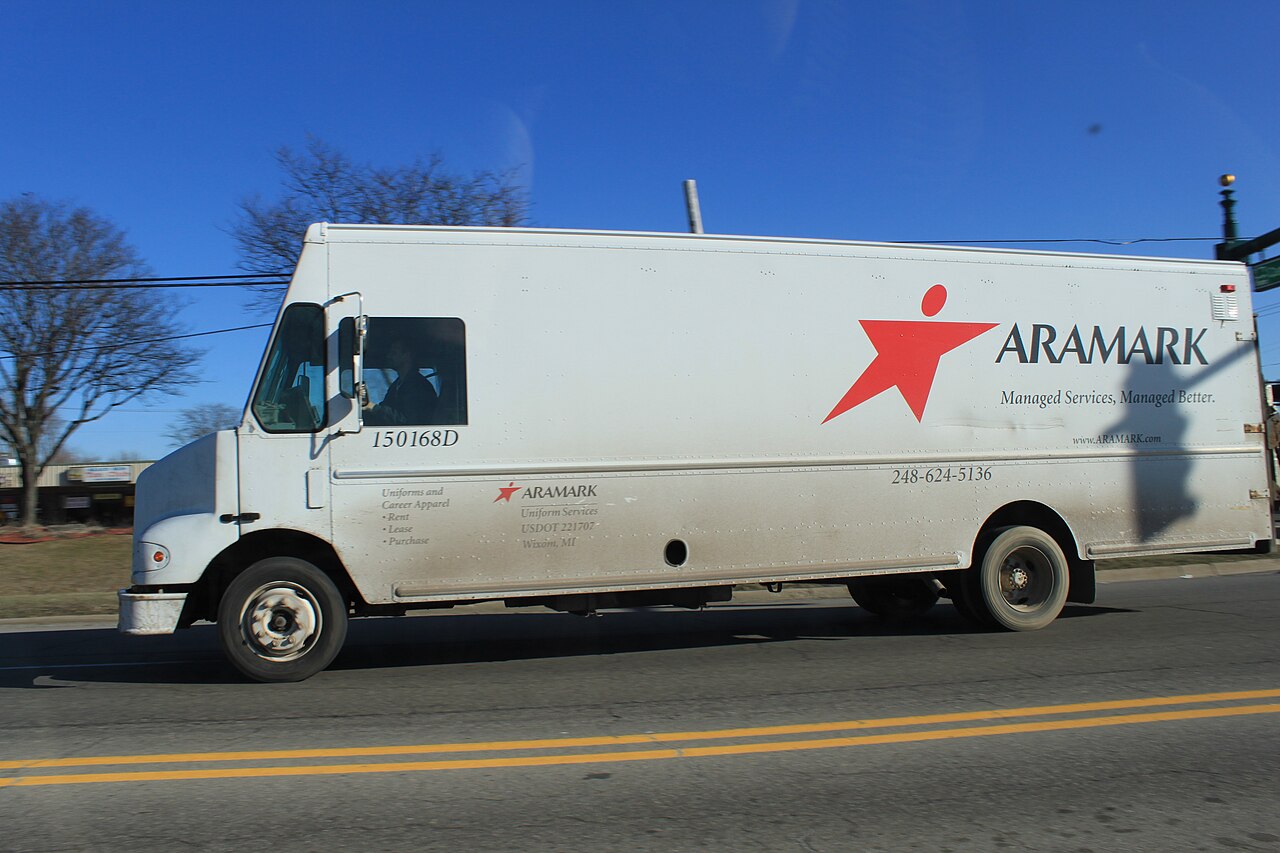About George Soros
Renowned philanthropist, financial whiz, judicial puppet master and evil are some of the ways in which people have described György Schwartz, known in America as George Soros.
From our perspective and to many others, he is one of the most (if not the most) mysterious figures in finance ever.
I mean, not many people can say they played an integral role in breaking the Bank of England while reportedly pocketing $1 billion in a single day. He’s also allegedly donated $15 billion to 37 countries; we’re just trying to pay rent!
While the Hungarian native is quite an interesting and controversial societal figure, there is no debating that he is one of the best at what he does, running a hedge fund.
While he seems to have stepped back from the finance game to focus mainly on his foundation’s philanthropic efforts, it is likely that he still has a substantial financial interest in the performance of his investment firm, Soros Fund Management (SFM).
Although he’s 91 years old as of this publication, he clearly wants his investments to play a role in funding global change and his own personal initiatives through one of his primary charitable vehicles, Open Society Foundations.
While maintaining an apparent vested interest in his financial firm’s performance paired with his past successes as a fund manager, we thought it would be fascinating and potentially beneficial to see where this billionaire and his fund invest their billions (per recent reports).
Here are the top six stocks (in terms of size relative to the overall portfolio) reportedly in Soros Fund Management.
1. Rivian Automotive stock (NASDAQ: RIVN)
First of all, Rivian’s stock apparently accounts for about nearly 20% of the fund’s portfolio.
From our perspective, that is a considerable amount of investment and conviction in somewhat of an unproven company, underperforming stock and company.
Maybe Soros and his investment team know something we don’t!
However, Rivian is an electric vehicle manufacturing company that produces a lot of SUV and pickup truck-type vehicles. Since its closing price of its first day of being publicly traded, the company’s stock has fallen over 70%.

Additionally, according to their cash flow statement the company has been recently drowning in the red when it comes to net income. This could simply be a product of aggressively reinvesting in the company which is completely understandable and almost desirable to us. Also, the company’s balance sheet is beyond fantastic as management maintains around $22.3 billion in total assets and only about $2.8 billion in total liabilities.
That total assets to total liabilities ratio is incredible.
Without diving much deeper into the Rivian’s financials (although you should if you’re interested), the likely rationale behind this investment is the huge gradual drop in share price. Soros and his fund might simply see the stock as a currently price-depressed asset that if scooped up, could potentially deliver his fund a massive profit as the company continues to operate and the overall market improves.
2. Liberty Broadband stock (NASDAQ: LBDRK)
Liberty Broadband stock is currently the fund’s second largest holding, accounting for nearly 7% of Soros Fund Management’s portfolio.
In essence, Liberty is a massive telecommunications provider that is well known for owning 26% of the second largest cable network operator in the United States, Charter Communications. The company also outright owns GCI, Alaska’s largest communications provider according to revenue and Skyhook, a leader in mobile location and signal feeds.

Suffice it to say, Liberty Broadband has some strong assets and is a giant in the telecommunications industry.
Similar to Rivian, Liberty has a very strong balance sheet with almost $17 billion in total assets and just under $7 billion in total liabilities.
We think the basic premise behind SFM’s investment in Liberty is that it’s a company that will likely be around until the end of time, it has a healthy balance sheet and has a lot of valuable assets (companies) in its portfolio.
3. Cerner stock (NASDAQ: CERN)
Cerner is a medical and health technology data provider that accounts for almost 5% of SFM’s portfolio. Cerner is also currently in the process of being bought out by software and cloud giant Oracle.
We assume this addition to SFM’s portfolio was primarily based on the acquisition. Specifically, it appears as though Soros and his fund were engaging in a somewhat common hedge fund strategy known as merger arbitrage.
Merger arbitrage is when there’s news that one publicly traded company is considering or starting the process of purchasing another publicly traded (typically) company. Usually, a hedge fund buys a significant number of shares of the company being acquired in hopes to profit from the share price rise that’s common when there’s news of a company being bought out.

We assume Soros’ fund is employing this strategy because if Oracle’s buyout of Cerner were to fully go through, Cerner stock would no longer be publicly traded (because the company would be owned by Oracle, which happens to be a publicly traded company), thus if the merger were to be finalized, Soros and his fund would stand to benefit greatly and not have to worry about having Cerner stock in the portfolio much longer.
The difference between what Cerner was originally trading at and the price at which Oracle agreed to purchase Cerner at is Soros’ profit.
4. Amazon stock (NASDAQ: AMZN)
Accounting for barely over 4% of SFM’s portfolio is what we would consider to be “the everything company,” Amazon.
We feel no need to analyze why Soros and his investment team like the company and its stock. The company is engaged in so many different activities, new projects, and is one of those companies that people tend to dislike on principal and, yet they turn around and buy many of their daily staples from the company’s platform.

Regardless, Amazon is a huge company (maybe a little too huge) that will be around for a very long time and our team can only assume that Soros and his fund have held a considerable stake in the company for some time now and won’t relinquish it anytime soon.
5. D.R. Horton stock (NYSE: DHI)
With a foothold in SFM’s portfolio of about 4%, D.R. Horton is one of the United States’ larger home building and construction companies.
This was likely a strategic purchase, as Soros’ investment firm may have picked up shares in the company when the COVID-19 pandemic was initially coming onto the public health scene. If his fund did decide to heavily invest in the homebuilder’s stock during the brunt of the pandemic, they would’ve nabbed a substantial profit as the company’s share price sunk to as low as $31.38 and as of this publication is trading at around $70 per share.

This could also simply be a sensible long term real estate play, investing on the thesis that there will be a heightened demand for homebuilders and construction companies as the real estate market grows over the long run.
Nevertheless, it doesn’t seem like a terrible investment, regardless of rationale behind the fund’s purchase.
6. Aramark stock (NYSE: ARMK)
Lastly, Sorus Fund Management has roughly a 2.5% stake (relative to its overall portfolio) in uniform and food supplier (amongst a few other services), Aramark.
Similar to D.R. Horton, we’ve also done an analysis on Aramark as a company and its stock, and we didn’t have the most favorable view of the company.
Either we’re off the mark or Soros and his fund management team is.
Regardless, by simply looking at previous share price actions the company’s stock price hasn’t necessarily been a bust and seems to be more along the lines of a “store of wealth/value” stock than a “growth or steady income” stock.
There’s nothing wrong with that.
In the past five years, the stock has predominantly traded in the mid-to-high $30 range up to the low $40 range. While historical share price growth hasn’t been this company’s strong suit, future growth and share price appreciation might be in the cards for Aramark.
We believe this specifically given recent news regarding the company’s decision to spinoff or effectively separate their uniform services from the rest of the company, making the uniform services its own separate, publicly traded entity. We see this is quite a savvy business move by management as it will allow them to better focus on their individual lines of business, which could lead to a lot of innovation in both the new publicly traded company and the original public company.
We doubt Soros and his investment team knew about this news, as it only recently became public. However, potentially all the more reason his fund might potentially raise their stake in Aramark.
Should you buy what George Soros buys?
No, not necessarily.
You must make investment decisions that are optimal for your finances.
George Soros can afford to lose hundreds of millions of dollars, and he would still be worth billions. I’m assuming you don’t have that luxury; I know I don’t.
While everyone, including me, you and George Soros ultimately want to make money by achieving returns on our investments, we don’t have the same risk appetite.
As previously mentioned, Soros has foundations and charities that he meticulously tends to and is likely a slightly more conservative investor, searching for good enough returns to maintain wealth and provide funds for his philanthropic projects.
At MacroHint, we don’t oversee any of that.
We have brokerage accounts, and we want to watch our investments accumulate worth in the next five, ten, twenty, fifty and one hundred years.
The idea behind this article was to simply allow our viewers (and our team at MacroHint) to gain a newfound perspective on the largest stock holdings owned by George Soros’ fund.
DISCLAIMER: This analysis of the aforementioned stock security is in no way to be construed, understood, or seen as formal, professional, or any other form of investment advice. We are simply expressing our opinions regarding publicly traded entities. It should also be understood that SFM’s portfolio might’ve changed since the publication of the linked report displaying the fund’s portfolio holdings. Some of these positions might have changed or been altered in some way and the aforementioned fund might not be invested in the securities mentioned above.
